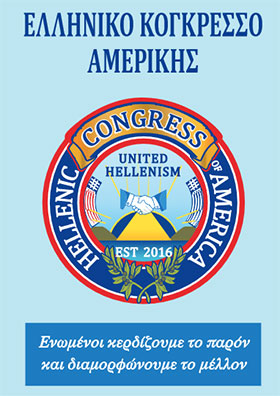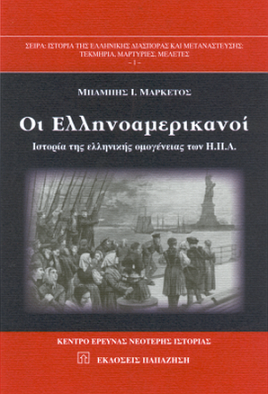Ceramics found in excavation of Byzantine shipwreck in E. Aegean dated to 5th-6th centuries AD

Nearly 15 amphorae buried in sand, a large number of table ceramics, and wooden parts of a Byzantine shipwreck in the Fourni islands complex, SW of Samos in the East Aegean, dated the excavation site between 480 and 520 AD, the Culture Ministry said on Friday.
Revealing the underwater excavation results of the 2021 season, the ministry said that the particular wreck, one of 58 in the archipelago, was selected for further study because of the ship’s good state of preservation and its cargo. It was found off the Fygos promontory (Aspros Kavos) off the east coast of Fourni, at 43-48m in depth and in a sandy and sharply inclined area of the seabed. The shipwreck is off one of the steepest and most inaccessible regions of the islands, lashed by strong winds year round.

Last year’s research focused on clearing sand off the perimeter of the western and more shallow-lying part of the shipwreck, and opening a trial trench in its NW corner to check the stratigraphy. This is the area the 15 amphorae were found, along with a type of amphora that is linked to the city of Sinope on the Black Sea. The wreck contains six types of amphorae from Crimea and Heraclea Pontica on the Black Sea coast and multiple pieces of ceramic tableeware from Phocaea in NW Asia Minor.
Wooden remains identified as part of the outer skeleton of the boat may have survived because they were crushed by the shipwreck and not exposed to oxygen.
The shipwreck’s chronology range includes the rule of Byzantine Emperor Anastasius I (491-518 AD), member of the Leonid dynasty who is linked in historiography to taxation and currency reforms that built the empire’s assets and allowed the 6th century emperors to follow an expansionist policy.
More shipwrecks at Fourni were documented in the framework of the EU’s Interreg VA Greece-Cyprus 2014-2020 program related to underwater tourism networks.

Heading the excavation is Underwater Ephorate archaeologist Giorgos Koutsouflakis, with a team of 25 divers of several disciplines (archaeology, architecture, conservation, professional divers, photographers, film crew, and undergraduate/graduate students). They carried out 292 individual dives amounting to nearly 220 hours of underwater work, and their data will be key to setting up a systematic excavation of the site in future seasons.
Besides the EU’s Interreg program, alsoo funding the program were the Fourni/Korsei municipality, ‘Korseai’ institution, the Explorers Club Foundation, and companies Hellenic Seaways, Blue Star Ferries, Seiko Japana and Scubapro USA. The ministry also extended its thanks to mayor Dimitrios Karydis, members of the Fourni Port Authority and Alexander Schwarzenberg.
Source: ANA-MPA/neoskosmos.com










Σχόλια Facebook